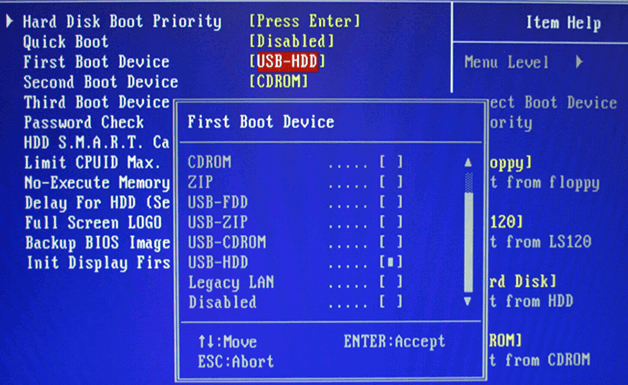

#No boot drive mac mac
Restart Mac computer, press the Command +Option+P+R keys until the Apple logo appears. Reset USB ports on Mac to detect a USB drive Click "USB" on the left panel, and you can also check the USB flash drive information.įix 5. Step 2. Check if the system detects the USB drive. Step 1. Go to Applications > Utilities > System Information. When you cannot find the USB drive on the desktop or in the Finder, try to look for it in the System Information section, which is usually a hidden place for average Mac users. Check the USB drive in System Information By selecting this option, we can make sure that the connected external USB hard drive or flash drive will normally show up in the Finder.įix 4. If your flash drive or external hard drive is not showing up there, go to Finder > Preferences > Sidebar, and under Locations, you need to tick the option "External disks".
#No boot drive mac for mac
Change settings for Mac recognize an external hard disk in the Finderįinder is the other access for us to check a connected external drive on Mac. Then you'll see the USB flash drive showing up on Mac desktop.įix 3. Thus, you should go to Finder > Preferences > General and make sure the "External disks" option is ticked. Occasionally, your Mac has already recognized the USB flash drive but not shown it on the desktop. Change settings for Mac detecting an external hard disk on the desktop Each step can help us exclude the issues of a bad/loose connection, a not working USB port, a lack of power, and other superficial phenomenons.

The four steps of troubleshooting a USB drive not showing up on Mac are very basic, however, quite helpful in most cases. If changing the USB ports did not work, try to change a card reader for a new round of tests. For SD card owners, the common way to connect an SD card to a Mac needs a card reader.

Is there the other Mac computer available to you? If yes, try to connect the USB drive to this computer. Did you use a USB connection cable or a USB-C adapter? If yes, take the USB drive out, and directly plug it in the USB port. Try all the available USB ports on your Mac. Plug the USB drive out from the not working USB port and change to the other USB port. If this operating system restarting fails to solve the current problem, move on to check the physical connectivity issue step by step. Have you tried to restart your Mac once or twice? Before taking further measures, don't forget the most efficient way to tackle commonplace hardware glitches that arises from time to time. Important As losing the access to data is the most direct impact of Mac not detecting a USB drive, you might need to perform USB data recovery on Mac. Take a quick glance at the main content and directly jump to the part you're most interested in. This page basically covers all the possible fixes for USB not showing up on Mac, which also applies to the similar issues of other storage devices like an external hard drive not showing up on Mac, flash drive not showing up on Mac, SD card not showing up on Mac, etc. What should you do in this circumstance? What are the effective solutions to make your USB drive show up again? Though not a usual thing, the issue of an external hard drive or flash drive not showing up on Mac happens sometimes. Did you come across the situation that no matter how many times you try to connect the USB drive with a Mac computer, the USB drive is not showing up anywhere? Why this time Mac won't recognize a connected USB you may wonder. Mac Won't Recognize USB, What Should You Do?Ĭommonly, when you insert a USB drive in the USB port on a Mac computer, the drive will soon appear on the desktop or hide in the Finder, letting you access, view, and manage data on it.


 0 kommentar(er)
0 kommentar(er)
